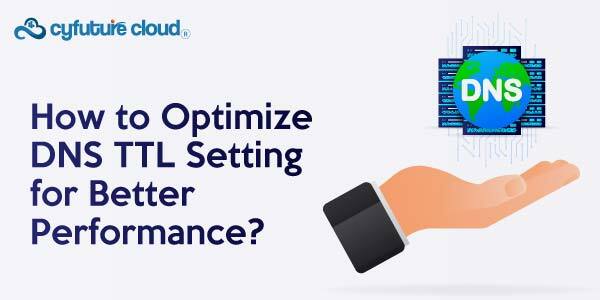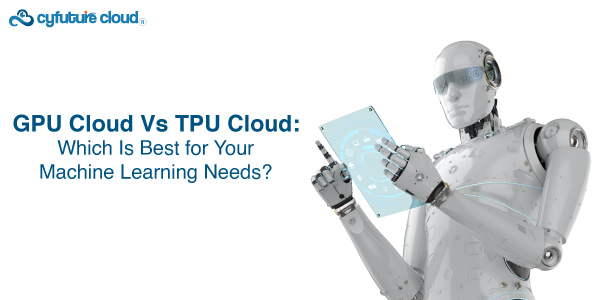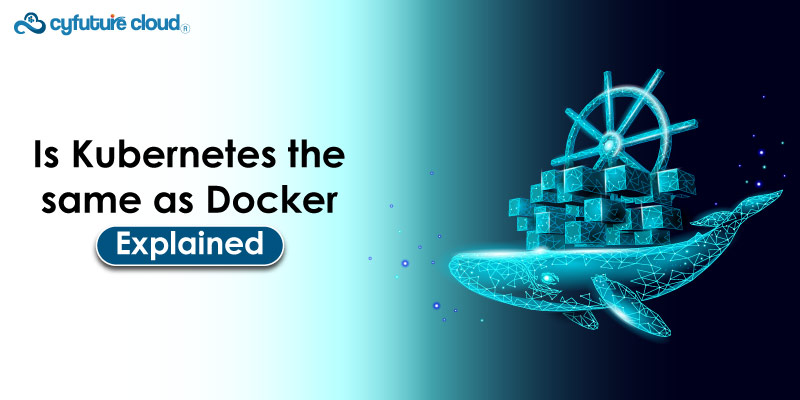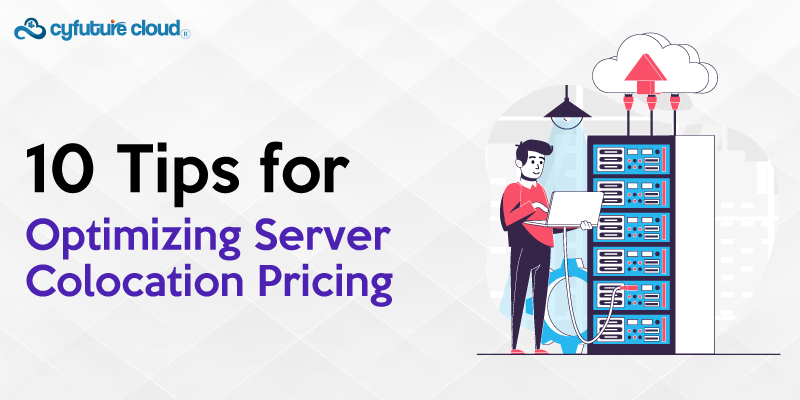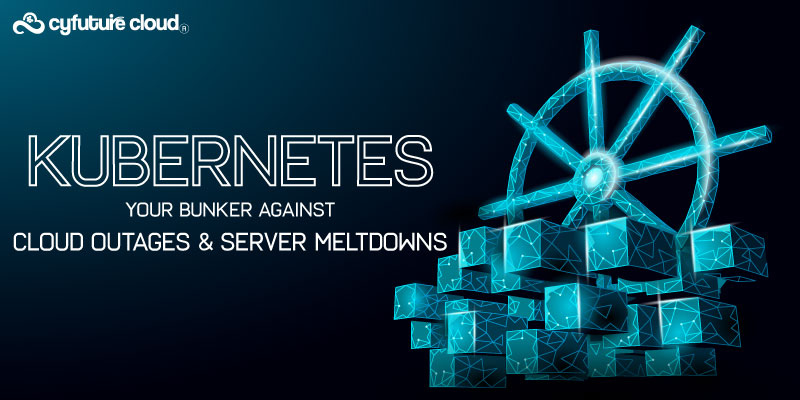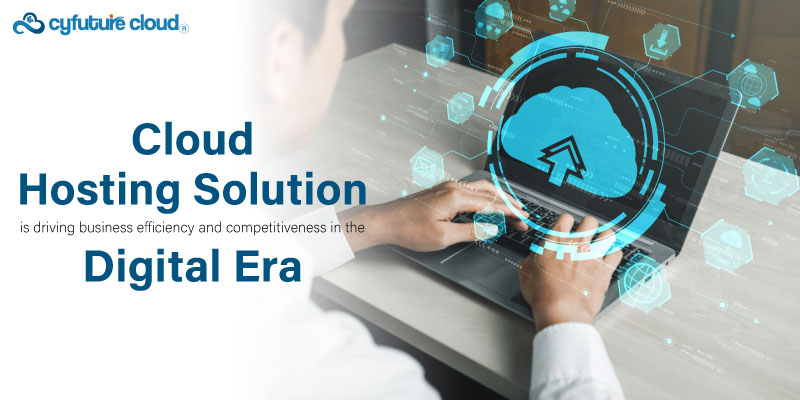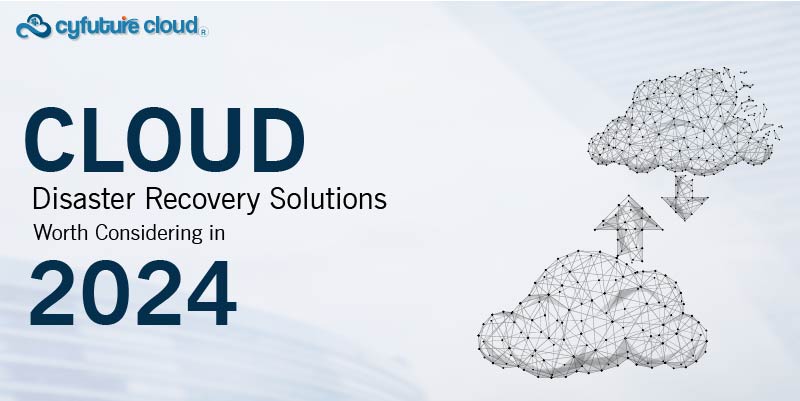Table of Contents
The merger of Cloud Computing and the Internet of Things (IoT) is revolutionizing the way businesses operate and compete.
According to a recent survey, more than half of businesses (53%) are leveraging IoT to enhance operations, while 48% use it to develop new products and services.
Cloud computing plays a crucial role in this transformation by providing a scalable and flexible platform for storing and processing the vast amounts of data generated by IoT devices.
By harnessing the benefits of cloud computing in IT, companies can analyze and derive insights from this data, leading to improved efficiency, cost reduction, and competitive advantage. For instance, a study by the Cloud Industry Forum found that businesses integrating cloud and IoT technologies experienced an average improvement of 27% in operational efficiency and a 22% reduction in costs. This synergy of cloud computing and IoT enables better data management, enhanced security, and the ability to adapt to changing business needs.
If your business aims to stay competitive in today’s dynamic market, understanding and adopting the merger of cloud computing and IoT is essential. Explore our blog to learn how this powerful combination can drive your business forward!
What are IoT and Cloud Computing Technologies?
The cloud is a network of servers that allows users to store, process, and access data and computing resources over the internet. The cloud allows users to access data and resources remotely and enables the creation of new applications and services that can be accessed from any device connected to the internet.
The Internet of Things (IoT) is a network of physical devices, vehicles, buildings, and other items that are embedded with sensors, software, and network connectivity, allowing them to collect and exchange data. The IoT allows for the automation and remote control of these devices, enabling them to communicate with each other and with users to gather and transmit data about their surroundings, their use, and other relevant factors.
|
Fun Fact: According to recent figures from IoT Analytics, the global expenditure on business Internet of Things (IoT) has been steadily on the rise in recent years. In 2020, it reached a total of $128.9 billion, representing a 12.1% increase from the previous year. This trend has continued in 2021, with a further 24.0% increase in IoT expenditure. Looking ahead, it is expected that this growth will continue at a rate of 26.7% annually in the coming years. |
Combination of IoT and Cloud Computing
The combination of the cloud and the Internet of Things (IoT) can be thought of as the integration of computing and data storage resources in the cloud with the network of connected devices that make up the IoT. This integration allows data collected by IoT devices to be stored, processed, and analyzed in the cloud, enabling real-time data analysis and the creation of new applications and services that can be accessed from anywhere.
For example, an IoT system in a smart building might include sensors that collect data on temperature, humidity, and energy usage, as well as cameras and other devices that provide security and surveillance. This data could be transmitted to the cloud, where it could be analyzed and used to optimize the building’s energy usage, improve security, and provide other benefits.
The combination of the cloud and the IoT also enables the creation of new business models and revenue streams, as companies can use the data collected by IoT devices to create new products and services. For example, an insurance company might use data from IoT devices to offer more personalized policies, or a retailer might use data from IoT sensors to optimize inventory management and improve the customer experience.
Benefits of Combining Cloud and IoT
The combination of the cloud and the Internet of Things (IoT) offers a number of benefits to organizations. One of the main benefits is scalability. The cloud allows organizations to quickly and easily deploy new IoT applications and services, as well as scale up or down as needed to meet changing demands. This can be especially useful for organizations that need to rapidly deploy IoT solutions to a large number of devices.
Another benefit of combining the cloud and the IoT is the ability to analyze large amounts of data in real-time. The cloud allows organizations to store and process large amounts of data collected by IoT devices, enabling them to make more informed decisions and take timely action. This can be especially useful for organizations that need to analyze data from a large number of IoT devices, such as a fleet of vehicles or a network of industrial equipment.
Combining the cloud and the IoT can also result in cost savings for organizations. By using the cloud to store and process data, organizations can reduce the need for on-premises hardware and infrastructure, resulting in cost savings on hardware, maintenance, and energy costs.
The integration of the cloud and the IoT can also improve efficiency by automating processes and enabling the remote control of devices, reducing the need for manual intervention. This can be especially useful for organizations that need to manage a large number of IoT devices, such as a utility company that needs to monitor and control a network of smart meters.
The combination of the cloud and the IoT also enables the creation of new applications and services that can drive innovation and create new business opportunities. For example, an organization might use data from IoT devices to create a new product or service or to improve an existing one.
Finally, the cloud can provide enhanced security for IoT devices and data. The cloud allows for the centralization of security measures, such as authentication and access control, and enables the use of advanced security technologies, such as encryption and threat detection. This can help to protect against security threats, such as cyberattacks and data breaches.
Improved Data Management and Analysis
Combining the cloud and the IoT can improve data management and analysis by enabling organizations to store and process large amounts of data collected by IoT devices in real-time, and by providing access to advanced data analytics tools and techniques. This can help organizations to identify patterns and trends in their data, make more informed decisions, and gain insights that can drive innovation and improve business outcomes.
Enhanced Security and Privacy
The cloud can provide enhanced security and privacy for IoT devices and data. The cloud allows for the centralization of security measures, such as authentication and access control, and enables the use of advanced security technologies, such as encryption and threat detection. This can help to protect against security threats, such as cyberattacks and data breaches, and can ensure compliance with relevant data protection regulations.
Increased Efficiency and Cost Savings
Combining the cloud and the IoT can increase efficiency and result in cost savings for organizations. The cloud allows for the automation of processes and the remote control of devices, reducing the need for manual intervention. This can be especially useful for organizations that need to manage a large number of IoT devices, such as a utility company that needs to monitor and control a network of smart meters. In addition, the cloud can reduce the need for on-premises hardware and infrastructure, resulting in cost savings on hardware, maintenance, and energy costs.
Greater Ability to Scale and Adapt to Changing Needs
The cloud enables organizations to quickly and easily scale up or down their IoT applications and services as needed to meet changing demands. This can be especially useful for organizations that need to rapidly deploy IoT solutions to a large number of devices. In addition, the cloud allows organizations to easily adapt to changing needs by providing access to a wide range of computing and data storage resources that can be accessed and configured as needed. This can help organizations to stay agile and responsive in an increasingly dynamic business environment.
Examples of Businesses Using the Cloud and IoT Together
There are many examples of businesses using the cloud and the Internet of Things (IoT) together to improve operations and create new products and services.
Case study 1: A manufacturing company uses IoT sensors to monitor and optimize production processes, storing and analyzing the data in the cloud
In this case, the manufacturing company has deployed a network of IoT sensors throughout its production facilities. These sensors collect data on factors such as temperature, humidity, and machine performance, which are transmitted to the cloud storage and analysis. The company is then able to use this data to optimize its production processes, identifying issues such as equipment malfunctions or bottlenecks in the production line and taking action to address them. By using the cloud to store and analyze this data, the company is able to gain insights that can help it to improve efficiency, reduce waste, and increase productivity.
Case study 2: A retail company uses cloud-based analytics and IoT-connected customer feedback devices to improve the shopping experience and increase sales
In this case, the retail company has deployed a network of IoT-connected customer feedback devices throughout its stores. These devices allow customers to rate their shopping experience and provide feedback in real-time, which is transmitted to the cloud for analysis. The company is then able to use this data, along with other data sources such as customer purchase history and in-store traffic patterns, to create a more personalized shopping experience for its customers. By using the cloud to store and analyze this data, the company is able to identify trends and insights that can help it to improve the shopping experience and increase sales.
There are many other examples of businesses using the cloud and the IoT together, such as utility companies that use IoT sensors to optimize energy usage, transportation companies that use IoT sensors to improve fleet management, and healthcare organizations that use IoT devices to monitor patient health and provide remote care. The combination of the cloud and the IoT enables businesses to collect, store, and analyze large amounts of data, creating new opportunities for innovation and growth.
How to Implement the Cloud and IoT in your Business?
Here are some specific steps that businesses can take to implement the cloud and the Internet of Things (IoT) in their operations, with respect to identifying business goals, choosing a reputable cloud provider and IoT platform, implementing a solid security strategy, and testing and refining the system:
Identify Business Goals and Know How the Cloud and IoT can Help TO Achieve Them
The first step in implementing the cloud and the IoT is to determine your business goals and objectives. This will help you to identify the specific ways in which the cloud and the IoT can support your business and prioritize your efforts. For example, if you want to improve operational efficiency, you might consider using the cloud and the IoT to automate processes and monitor equipment performance. If you want to create new products or services, you might consider using the cloud and the IoT to collect and analyze data to identify new opportunities.
Choose a Reputable Cloud Provider and IoT Platform
Once you have identified your business goals, choose a cloud provider and IoT platform that will be able to support your needs. Look for a provider that has a proven track record of reliability and security, as well as a strong reputation in the market. Consider factors such as the provider’s data center locations, service level agreements, and pricing plans. When selecting an IoT platform, consider factors such as the types of devices and protocols supported, the level of integration with the cloud and other systems, and the level of support and documentation provided.
Implement a Solid Security Strategy to Protect Sensitive Data
The cloud and the IoT involve the collection and transmission of large amounts of data, including potentially sensitive information. It is important to implement a solid security strategy to protect this data and prevent unauthorized access. This might include measures such as encryption, access control, and threat detection. Be sure to also consider data protection regulations that may apply to your business and ensure that your security strategy meets these requirements.
Test and Refine the System to Ensure it Meets your Business Needs
Once you have chosen your cloud provider and IoT platform, test your setup to ensure that it is working as expected. This might involve piloting the system with a small group of users or devices, or conducting testing in a controlled environment. Once you have tested the system, refine it as needed to ensure that it meets your business needs. This might involve making changes to the devices or software, or adjusting the way in which the system is used. Ongoing testing and refinement will be key to the success of your cloud and IoT deployment.
Summing Up
In conclusion, the integration of cloud computing and the Internet of Things (IoT) provides numerous benefits to businesses, including enhanced data management and analysis, improved security and privacy, increased efficiency, and significant cost savings. This powerful combination enables companies to store and process the vast amounts of data generated by IoT devices on the cloud, unlocking insights that drive innovation and optimize business outcomes.
The benefits of cloud computing in IT extend far beyond just data storage. With cloud computing, businesses gain the flexibility to scale resources according to their needs, adapt to changing market demands, and enhance operational efficiency. As cloud and IoT technologies continue to evolve, they are reshaping how businesses operate and compete, offering new opportunities for growth and success.
If your business is considering leveraging the cloud and IoT, there has never been a better time to start exploring their potential. Integrate these technologies into your operations to stay ahead of the curve and reap the rewards of their combined capabilities.
To fully capitalize on these advancements, partnering with a reliable cloud provider is essential. Cyfuture Cloud offers cutting-edge cloud solutions that seamlessly integrate with IoT systems, delivering robust performance, enhanced security, and cost-effective scalability. Let Cyfuture Cloud help you harness the benefits of cloud computing in IT, empowering your business to innovate, grow, and succeed in a rapidly evolving digital landscape. Explore our services today and transform your approach to cloud and IoT integration.
Send this to a friend

 Server Colocation
Server Colocation CDN Network
CDN Network Linux Cloud Hosting
Linux Cloud Hosting Kubernetes
Kubernetes Pricing Calculator
Pricing Calculator
 Power
Power
 Utilities
Utilities VMware Private Cloud
VMware Private Cloud VMware on AWS
VMware on AWS VMware on Azure
VMware on Azure Service Level Agreement
Service Level Agreement 




